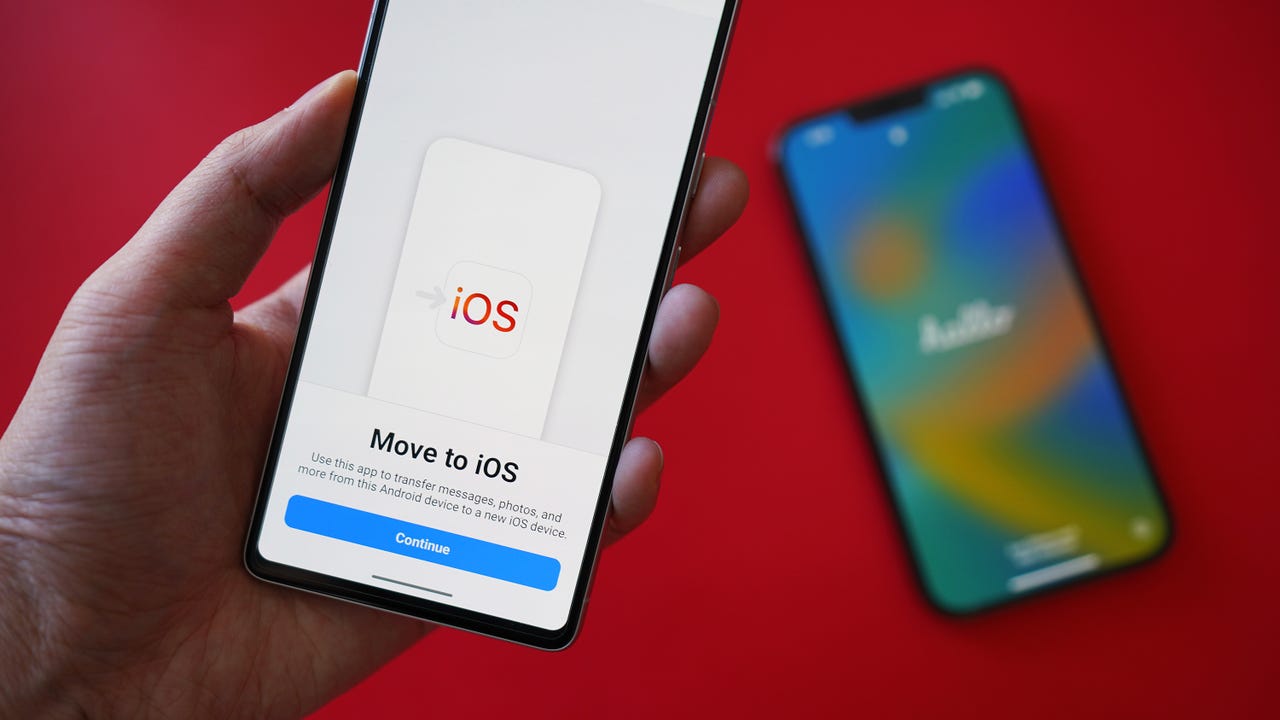'ZDNET Recommends': What exactly does it mean?
ZDNET's recommendations are based on many hours of testing, research, and comparison shopping. We gather data from the best available sources, including vendor and retailer listings as well as other relevant and independent reviews sites. And we pore over customer reviews to find out what matters to real people who already own and use the products and services we’re assessing.
When you click through from our site to a retailer and buy a product or service, we may earn affiliate commissions. This helps support our work, but does not affect what we cover or how, and it does not affect the price you pay. Neither ZDNET nor the author are compensated for these independent reviews. Indeed, we follow strict guidelines that ensure our editorial content is never influenced by advertisers.
ZDNET's editorial team writes on behalf of you, our reader. Our goal is to deliver the most accurate information and the most knowledgeable advice possible in order to help you make smarter buying decisions on tech gear and a wide array of products and services. Our editors thoroughly review and fact-check every article to ensure that our content meets the highest standards. If we have made an error or published misleading information, we will correct or clarify the article. If you see inaccuracies in our content, please report the mistake via this form.
The easiest way to transfer your data from Android to an iPhone

Every year when a new iPhone hits the market or the holiday shopping season comes around, countless Android users make the switch to iOS.
ZDNET Recommends
It's not the most surprising thing; Apple continues to put out quality smartphones that dominate the mid-range and high-end markets, with eight different iPhone models to choose from in stores and online.
I'm also a member of the minority who constantly switches phones every month or two, meaning transferring data is second nature at this point.
Also: How to transfer contacts from Android to iPhone
That said, there are several methods of moving your months' or years' worth of photos, videos, text messages, and other data from an Android device to an iPhone, but I've found the below two to be the most effective, safe, and easy to follow.
How to transfer data from Android to iPhone
Before you begin to transfer any data, it's always good practice to do the following:
- Have at least a 75% charge: The higher, the better. Depending on how much data you're transferring, it's natural for your phone to become warm and, therefore, drain its battery at a much faster rate.
- Have a stable Wi-Fi connection: We'll be moving the data wirelessly, which means a strong and static signal is necessary for the most optimal transfer.
- Double-check the amount of data you're moving: Your iPhone may or may not have enough storage capacity to receive every file. If not, now is a good time to organize your old files on your Android phone, figure out what to keep, what to store in an external drive, and what to purge before moving.
Method 1: Transfer data via Move to iOS
My go-to method for file transferring is Apple's own Move to iOS service. It will be preloaded on your iPhone so all you have to do is download the Move to IOS app on your Android device via the Google Play Store.
Also: Here's how to factory-reset your iPhone
In order for the service to work, you'll have to be in the iOS Setup Assistant, which is the startup page when you first turn on your new iPhone. If you've already set up your iPhone and can access the home screen, you'll have to factory-reset it to use Move to iOS.
1. Start with your iPhone
From iOS Setup Assistant, go through the initial setup slides, including Wi-Fi connection, establishing a passcode, and accepting Apple's diagnostics terms and conditions. You'll eventually see an Apps & Data screen.
2. Tap on Move Data from Android
Then tap Continue.
3. On your Android device, open the Move to iOS app
Agree to Apple's privacy policies, grant the app access to your files and location, and hit Continue when you reach the Find Your Code slide.
4. Your iPhone screen should show a one-time code
Enter this code on your Android phone. Then the pairing process will begin and you'll be able to select what files you'd like to transfer over. The list includes messages, contacts, calendar info, Google account(s), photos and videos, and user settings.
5. Leave your Android and iPhone untouched
Leave the phones alone while the transfer is processing. Depending on how much data you're moving from phone to phone, the transfer can take as long as 30 minutes.
With the Move to iOS app, the iPhone will generate a one-time code for pairing.
Method 2: Transfer data via Google account
Lastly, you can use your Gmail to transfer data via the cloud. This method is ideal if there are any extra files that you forgot to move over during the first method or you had already set up your iPhone and couldn't use Move to iOS.
1. On your Android phone, go to the Settings app
Look for the Google tab, tap Backup, and toggle on what categories you'd like to be synced across devices. You can double-check what's being copied by expanding Google Account data in the Backup details list. Wait until the backup sync is completed.
2. Switch over to your iPhone
Open up the iPhone's settings > Mail > Accounts > Add Account > and enter your Gmail credentials. The data from your Google account should sync with the iPhone and automatically begin importing.
3. Another useful alternative
You can also upload files into a Google Drive folder and download them on your iPhone.
Also: How to restart every iPhone ever made
FAQ
Can I use the 'Move to iOS' app even if I already set up my iPhone?
Unfortunately, you cannot use the file-transfer service if you already completed the iOS Setup Assistant. My best advice is to back up anything on your new iPhone that you'd like to keep, factory-reset the iPhone, use the Move to iOS service, and then retrieve what was backed up. Again, just make sure you have enough storage to hold everything.
What is the fastest way to transfer data from Android to an iPhone?
Apple's Move to iOS service is the most seamless and efficient transferring service that I've used, especially when I'm still going through the initial phase of setup. Otherwise, you can also use desktop programs like AnyTrans, connect both phones to a computer, and move files across locally. However, I'm typically against using non-proprietary software when moving personal information, so I'd stick with the two methods above for safety.
Can I transfer data from Android to an iPhone after setup?
Sure. The best method is to back up any information that you'd like to transfer into Gmail or Google Drive and then download it from your iPhone. It requires more manual work, but it's great if you only want to move certain files and not all.
